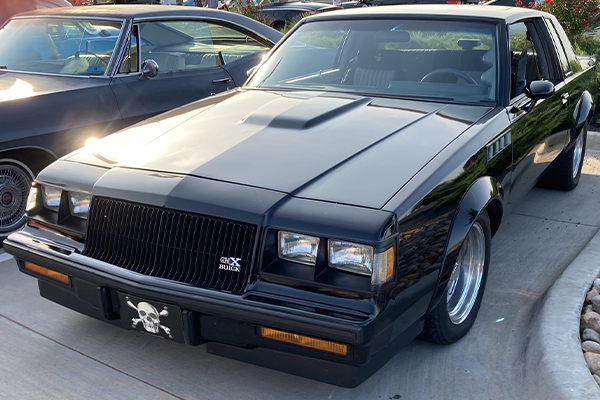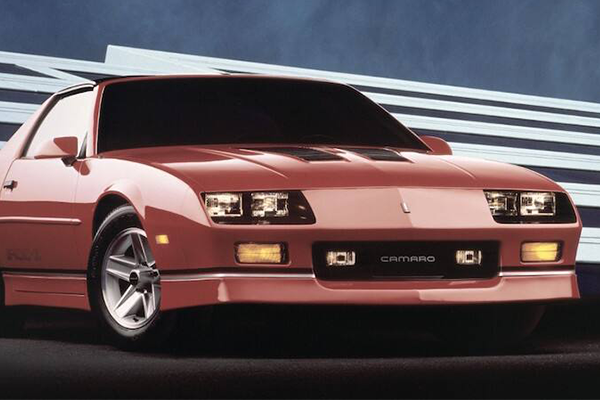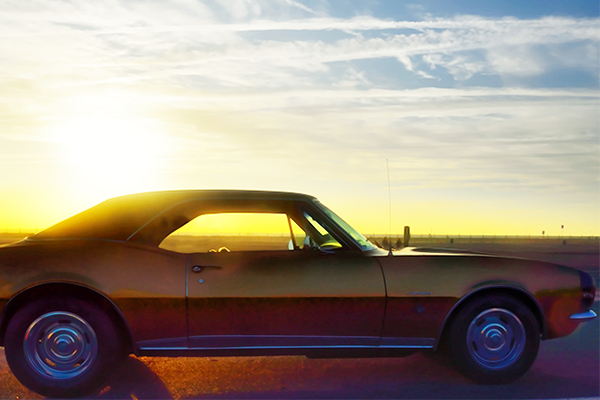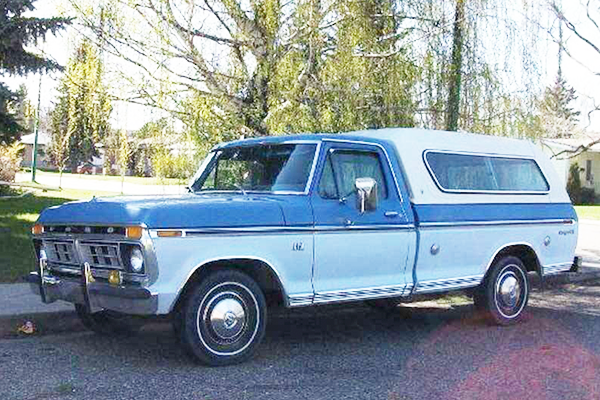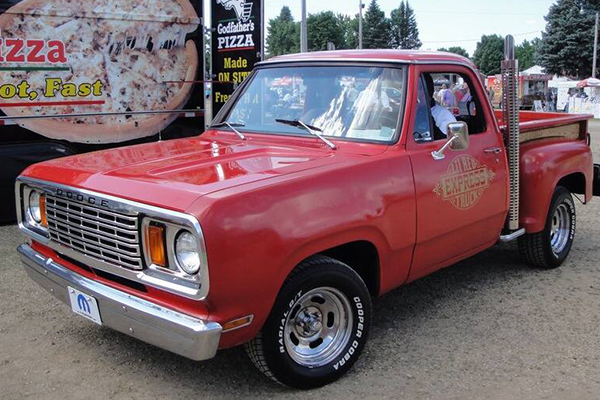Giant wheels, perfect stance, megawatt power, and excellent handling — all wrapped in timeless muscle beauty. Pro-Touring can be the ultimate expression of the muscle car, making 50-year-old rides relevant and competitive with modern exotics. Join us for a look at the tech and history behind it.
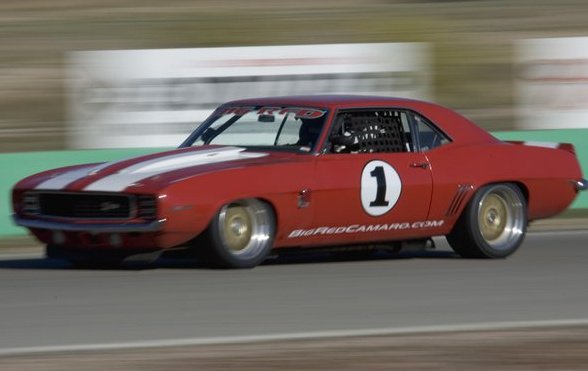
Source | Big Red Camaro
If this is your first time reading about it, Pro-Touring is a subculture of muscle-car enthusiasts that can be hard to define. It's generally considered vintage American iron modified to accelerate, handle corners, and stop with the very best modern vehicles of any price point. Picture a classic Plymouth Roadrunner passing a Porsche 911 GT3 in a corner at Lime Rock, and that's probably a Pro-Touring machine. Modifications must be extensive to get 50-year-old cars up to speed, and usually include engine swaps, forced induction, massively upgraded suspensions, large brakes, and even larger wheels.
Pro Street origins
Way back in the acid-washed jeans and Crystal Pepsi era, the popular trend for American muscle cars was Pro Street. Based on the NHRA Pro Stock class, the street cars mimicked the race-car look with giant hood scoops, flashy pastel exteriors, and “big 'n' little" drag tires. The results were sometimes all show and no go, as 1980s Pro Street was more about looks than speed. If someone did build a fast Pro Street car, it was usually too wild to be street legal and could not see action as a daily driver. As the decade ended, enthusiasts went looking for something different, as they wanted both performance and a legal and comfortable ride. Enter the road racers.
Big Red steals the show
Classic road rallies like the La Carrera and Silver State Classic allowed builders the opportunity to test their mettle and their metal, with expensive European exotics taking home the trophies. That was until Dan and RJ Gottlieb stuffed a 540-inch Chevy V8 into a 1969 Camaro with a race-car suspension and created a legend. The “Big Red" Camaro broke numerous records and was politely asked not to return. The Gottliebs had built something more than a race car for the street when they insisted the sheet-metal retain the factory look and the interior remain functional as stock. Window cranks and air conditioning? Big Red was reliable, brutally fast, with excellent handling, braking, and a reasonable ride quality. The Pro Touring style had been created.
Manufacturer performance
Enthusiasts think of the '80s as a dark age of performance, but it's really when auto manufacturers started to take a serious interest in handling and braking, as all-around performance started to matter more than just acceleration times. BMW wasn't able to keep up with the pony cars in straight-line acceleration back then, but the popular E30 BMW 3 Series proved customers would line up for solid driving characteristics. By the end of the '90s the Corvette became the svelte C5, the fourth generation Camaro SS could pull .90g on the skidpad, and the SVT Cobra received a pony car first: independent rear suspension. The factory had pointed the way for Pro-Touring.
Pro-Touring today
Now you can build a classic any way you want, including for all-around performance. Want a six-speed manual in your '67 Mustang or paddle shifters in your '70 GTO? Both are available. There's even aftermarket independent rear suspensions available as complete bolt-on kits, along with any number of big brakes, huge sway bars, and performance springs and shocks. There's no reason to leave your big-block classic in the garage for 90-percent of the year anymore. With the right equipment, that classic can handle the rigors of daily driving, weekend cruising, and the occasional track day, all in the same configuration. If you don't want to go all out, Pro-Touring still shows how minor upgrades can be rewarding on your classic ride.
Tell us what you think of these auto trends. Leave your thoughts on Pro-Touring in the comments below.

